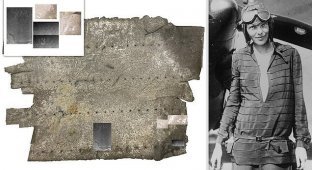Amelia Dyer - the famous but unknown serial killer (9 photos)
Prepossessing appearance, soothing voice and downright enveloping care – isn’t this the image of an ideal nanny? 
Aunt Amelia was like that. More precisely, she wore such a mask. And behind it lay a bottomless horror. 
Amelia in her youth
When we think of serial killers, we think of psychopaths who kill for pleasure—people who get a twisted pleasure from taking the lives of others. But some of the worst serial killers in history are those who killed solely for profit.
Amelia Dyer, a Victorian nurse, is believed to have killed hundreds of babies over 30 years. Why did she need to commit such a monstrous act? Everything is simple and even primitive: to make quick money.
Amelia Dyer 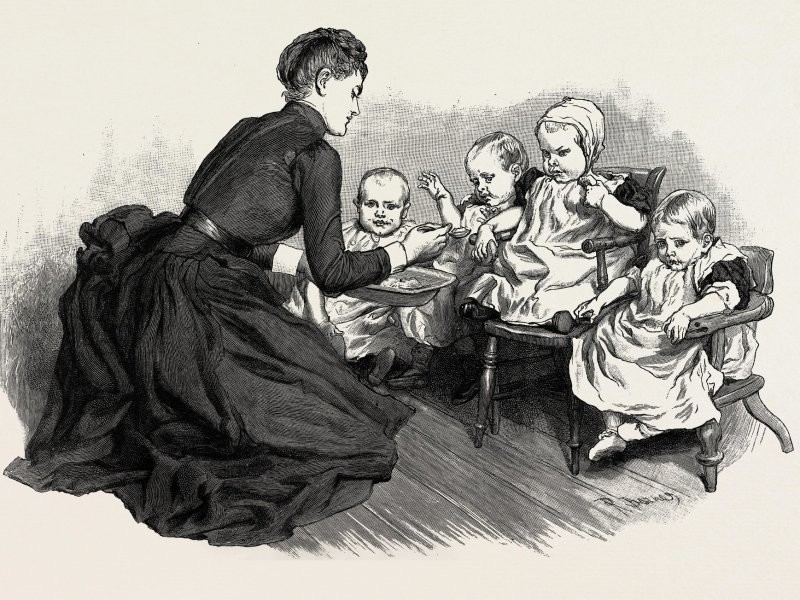
Amelia Dyer was born in 1837 in the small village of Pyle Marsh near Bristol in the UK. She came from a fairly wealthy family, her father was a master shoemaker, and the girl learned to read and write. However, it cannot be said that his youth was not overshadowed by tragedy.
Her mother was mentally ill (consequences of typhus) and often experienced bouts of rage. Amelia was forced to care for her sick mother until her death in 1848. During this time, Amelia also lost two younger sisters to illness.
After her father's death in 1849, Amelia's family fell apart. She decided to move to Bristol, where she met her future husband, George Thomas. Soon after meeting George, she began studying to become a nurse.
It was while working as a nurse that she met an unscrupulous midwife named Ellen Dane. Dane introduced Amelia to the common practice of raising children at that time. Amelia soon left her job as a nurse and moved on to a much more lucrative position as a nanny. 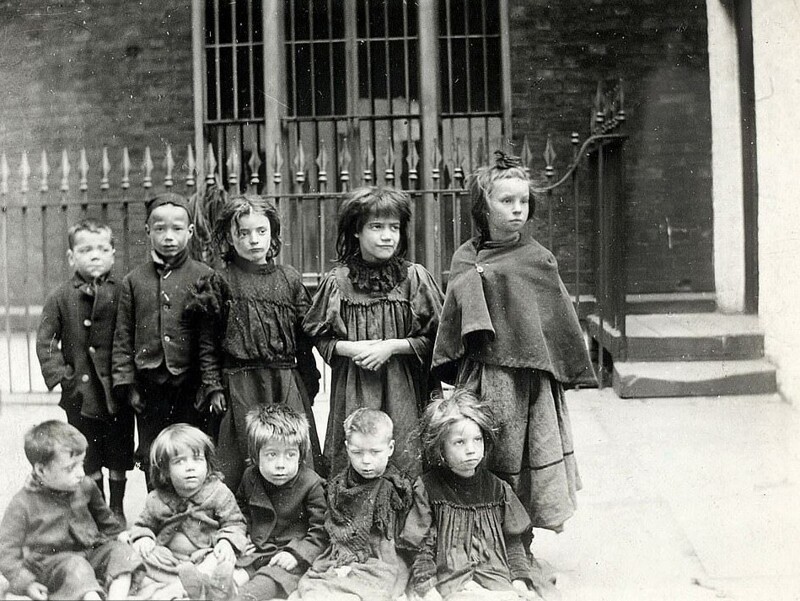
Children from the workhouse
Single mothers at that time had a difficult time: they had to take care of their children and at the same time earn enough to survive. Very often there were only two options left: prostitution (which was fraught with many dangers, including re-pregnancy) or getting rid of the child.
Unfortunately, foster care and adoption services in Victorian England were largely uncontrolled by the government. This led to the emergence of such nannies. They came to the unfortunate mother and offered to take the baby to raise her for a fee.
They charged the mother a fee and promised that the child would live a happy life. In reality, children often faced a much worse future than if they had remained with their starving mothers.
Murders 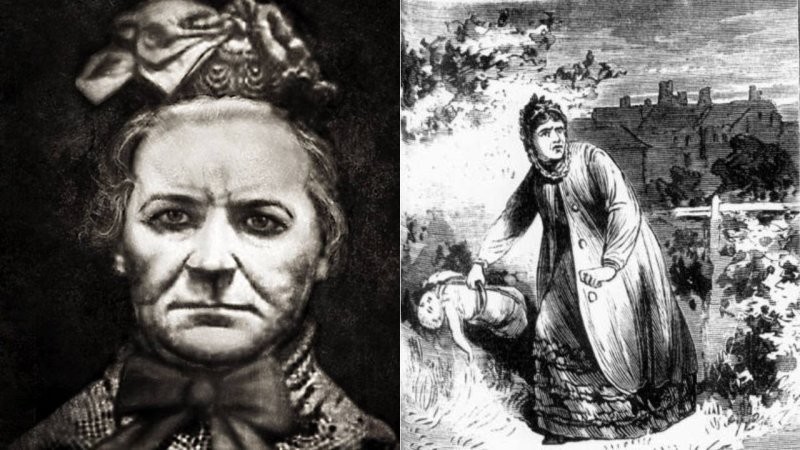
Dyer approached single mothers and advertised that she would foster and adopt a child in exchange for a large lump sum payment. The fee ranged from £10 (£1,000 in modern money) to £80 (for wealthy families wishing to rid themselves of the fruit of forbidden love).
She gave the right impression: inviting, married, a nurse. But her “clients” could not know what terrible fates she had in store for the children.
Apparently, at first Amelia kept her word. She may not have been very caring, but she had no intention of killing babies. Unfortunately, at some point Amelia realized that the business would be much more profitable if she just let the unfortunate people die. Not feeding children has significantly reduced costs. She began to allow the babies to die from lack of care and hunger.
In 1879, Dyer was caught for the first time. One doctor became suspicious when Amelia asked him to come and witness a huge number of child deaths. He informed the authorities.
The idea that a woman was capable of mass murder of children was so alien to Victorian courts that Dyer escaped with a slight fright. She was convicted only of gross negligence and got off with six months in prison. Supposedly, this experience almost broke her psyche. When she left prison, she was even more insane than when she got there. 
After the arrest
After leaving prison, Dyer tried to return to work as a nurse. This didn't last long. It is believed that by this stage Dyer was abusing alcohol and opium and was unable to perform normal work. She got into trouble with the law several times, ending up in prison each time.
There is a version that Dyer could be feigning madness. She learned all about madness from her mother, and her time as a nurse in a mental hospital meant she knew how to make the most of her time there.
Eventually, Dyer returned to raising babies. This time she began to kill the babies as soon as they fell into her clutches in order to get maximum profit. Realizing that if she received death certificates she could be caught again, the woman simply began throwing the bodies into the rivers.
The huge number of missing children and the unreliable way of concealing the deaths attracted the attention of the police. For years, Dyer and her family hid, moving repeatedly from one city to another. When things got heated, Dyer simply hid in the psych ward until things calmed down.
Discovery, trial and execution 
Dyer's luck ran out on March 30, 1896, when a package was caught in the Thames. Inside was the body of a girl, Helena Fry.
The case came to the attention of Detective Constable Anderson. On the package he found a label for Temple Meads station, and on the wrapping paper there was only one name and address: Mrs. Thomas. Thomas was Dyer's married name. The rivers were explored and new bodies were found. The police gathered many witnesses and began to piece together the puzzle. When they had enough evidence against Dyer, they set up an operation using a fake single mother. It worked.
They were also able to link Dyer to the death and disappearance of Doris Marmon. Marmon was a barmaid who asked a woman for help about an unwanted child. When they disagreed over the price, Dyer killed her client.
Dyer Marmon's murder briefly made her a promising suspect in the crimes of Jack the Ripper, but there is little evidence for this. Dyer had her own and all-too-recognizably scary style, and it wasn't the murder of prostitutes.
On May 22, 1896, Dyer appeared in court and pleaded guilty to the murder of Doris Marmon. Dyer tried to plead insanity, but the judge did not accept the plea. By this point, her history of feigning mental illness was well known.
It took the jury just four and a half minutes to find Dyer guilty. She was hanged on June 10, 1896. Over the previous weeks, she had filled five notebooks with her confessions.
The Forgotten Assassin 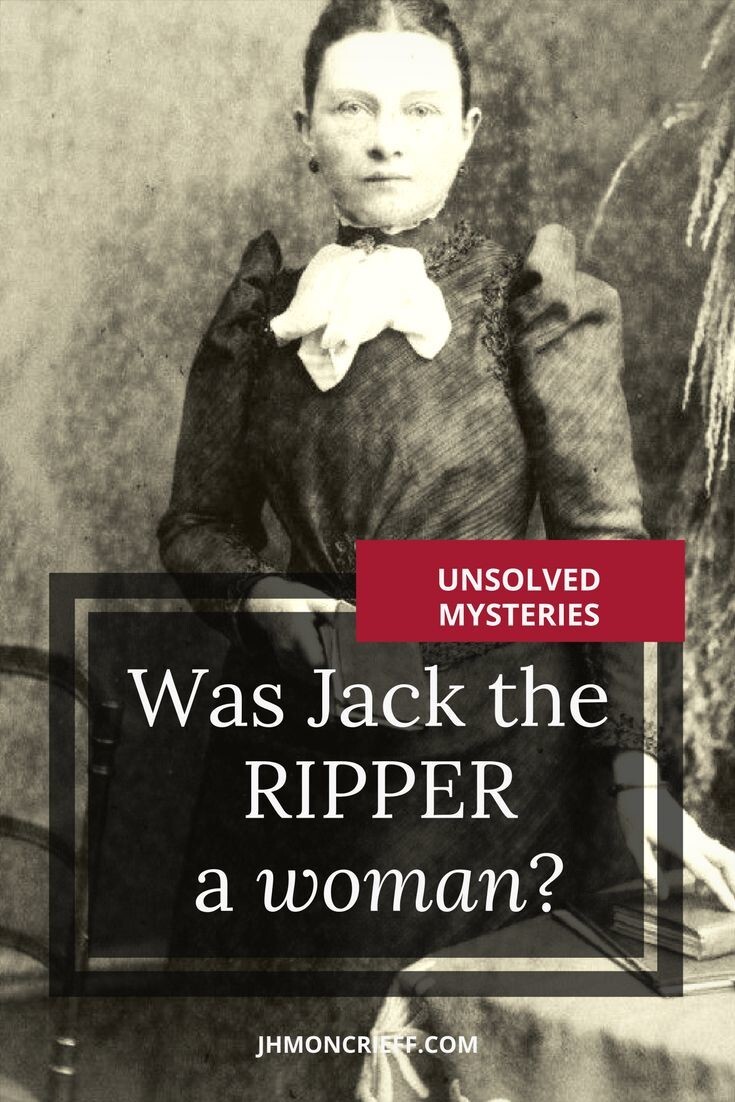
Could Jack the Ripper have been a woman?
Despite being one of the most prolific serial killers in history, Dyer is largely forgotten today. Everyone knows the name Jack the Ripper, but Dyer did not receive such a colorful nickname.
It is believed that this is because her crimes were too terrible. Residents of Victorian England simply could not understand that a woman (who, logically, was supposed to take care of children) could commit such horrific acts. It challenged everything they thought they knew about the differences between the sexes.
Today we know the truth. Both men and women are equally capable of great good and great evil. But even now it’s hard to believe in the abyss into which Amelia Dyer fell in the name of easy money... 
















